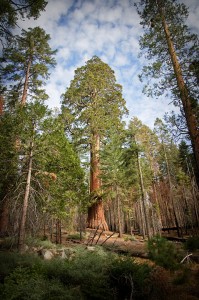
There’s a lot of buzz in the news today about the proposed restoration of the Mariposa Grove of Giant Sequoias in Yosemite National Park, including a front page article in the San Francisco Chronicle by Peter Fimrite. On Tuesday, park officials released a draft environmental study on the estimated $15 million in improvements envisioned for the popular grove—improvements designed to restore the habitat for the nearly 500 giant sequoias there, many of which tower at nearly 300 feet (as high as a 30-story building). The oldest tree in the grove, the 1,800 year-old Grizzly Giant, has a 7-foot-in-diameter limb that is thicker than the trunk of any other species of tree in the grove.
Giant sequoias, which grow only in the southern Sierra Nevada, are the largest living things on earth, and their shallow root systems extend several hundred feet sideways. They grow so large because they live a very long time and grow quickly. To thrive, giant sequoias require thousands of gallons of water each day (the average American uses 80–100 gallons daily). They get the water they need from the Sierra snowpack that accumulates over the winter months and soaks into the ground when it melts. Because they need well-drained soil, compacting the soil by walking around their shallow roots can damage giant sequoias. The National Park Service is a proposing several alternatives to relieve congestion and reduce the impact of the huge increase in visitation over the last few decades, as well as stresses induced by increased car exhaust.





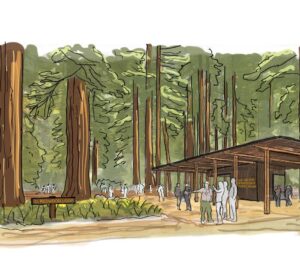
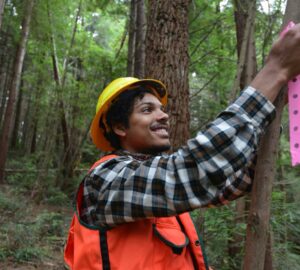
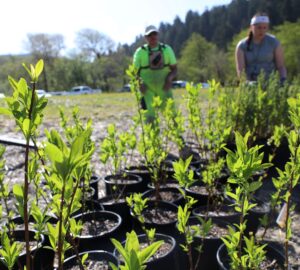
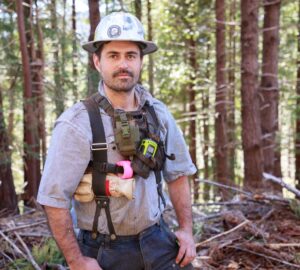
2 Responses to “You Have a Chance to Speak for the Trees”
Darleen Alkhalili
We used to live in Visalia and would visit Sequoia often. So many times I’d see tourists walking around the base of the trees to have their photos taken right next to the trees despite the fences and the signs…you almost have to encase the trees in chainlink fences or have park workers posted to keep people from trampling the trees. Thank you.
Sincerely,
Darleen Alkhalili
Deborah White
Thank you so much Darleen for the comment. We appreciate the first-hand feedback!